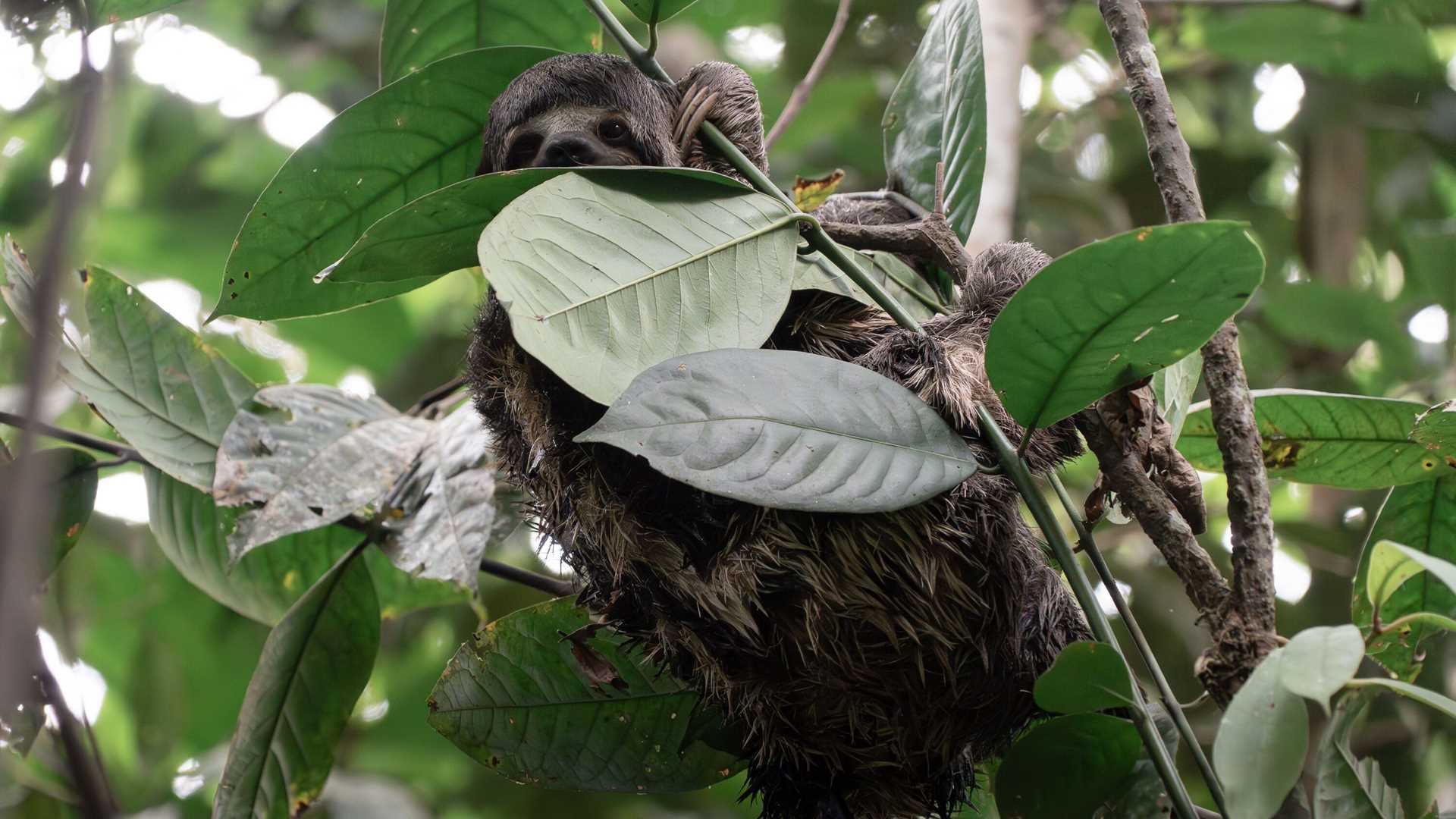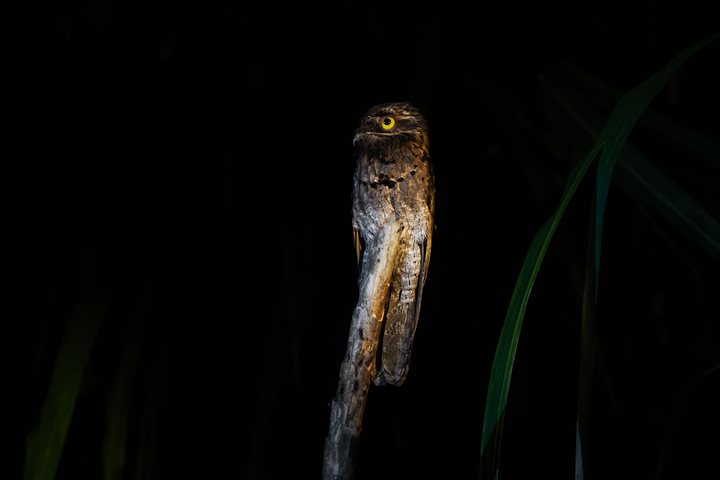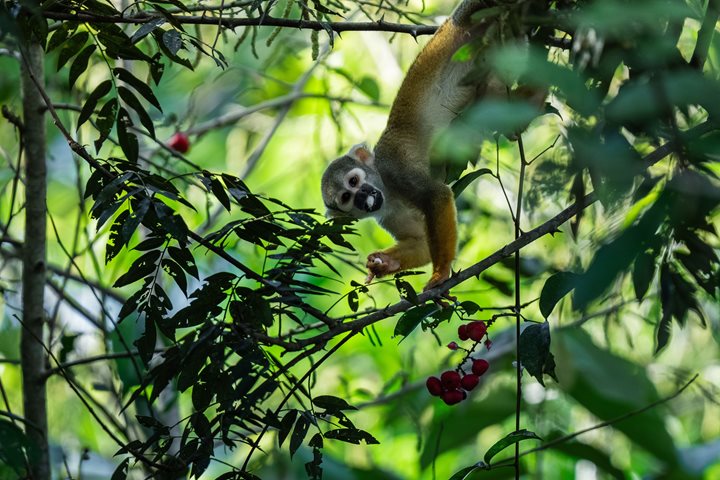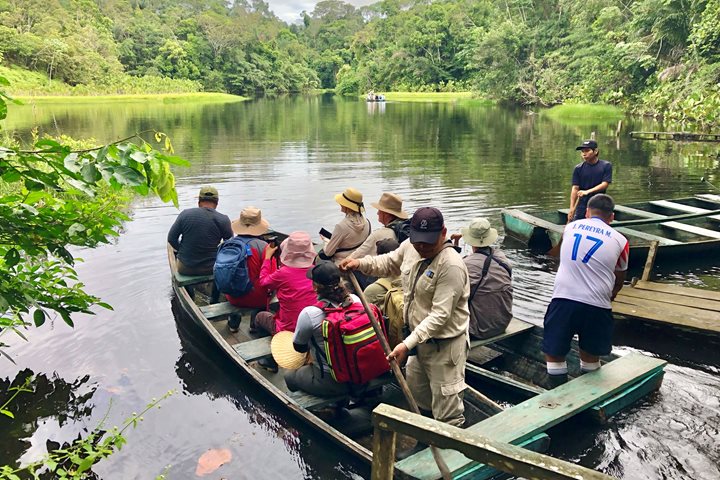The Pacaya River, a tributary of the Ucayali River, weaves its way through the heart of the Peruvian Amazon, carving a serpentine path through the lush and biodiverse rainforest. This majestic river, stretching over 1,135 kilometers (705 miles), is one of the Amazon's vital arteries, serving as a lifeline for both the ecosystem and the people who call this remote region home. The Pacaya River's journey begins high in the Andes Mountains, where pristine glacial waters converge to form its headwaters. As it descends through the dense cloud forests, it gathers momentum, eventually spilling into the lowland Amazon basin. Today we visited the “birthplace” of the Amazon River, as our guide explained. Our Captain navigated proudly and we all enjoyed pisco sours in front of the bridge.
Local Indigenous communities have lived alongside the Pacaya for generations, relying on its resources for sustenance and cultural identity. They practice sustainable fishing and gather medicinal plants from the riverbanks, maintaining a delicate balance with nature. The river also serves as a vital transportation route for these communities, connecting remote villages with larger towns and cities. In the mid-morning we landed in the Amazonas community, where we learned about their ways of life. We also learned about the local projects supported by Minga Perú, the NGO that connects us to this community.
Efforts to protect the Pacaya River and the broader Amazon basin are ongoing. Conservation organizations, researchers, and governments are working together to promote sustainable practices, protect critical habitats, and raise awareness about the importance of preserving this vital ecosystem.
In the afternoon we went for a hike and encountered some of the most mystical animals of the Amazon: sloths! These enchanting creatures make their homes in the lush canopies of the Peruvian Amazon rainforest. These slow-moving arboreal mammals are known for their deliberate movements, and they have adapted perfectly to the rainforest's unique challenges. Sloths have specialized claws that allow them to hang upside down from tree branches, a behavior that both conserves energy and helps them evade predators. They have a primarily herbivorous diet, feasting on leaves and shoots which can be difficult to digest. Remarkably, sloths have a specialized stomach with multiple chambers and a slow metabolism to efficiently extract nutrients from their fibrous diet. While their sluggish pace may seem disadvantageous, it actually plays a crucial role in their survival, as it reduces their visibility to predators. Observing these charming creatures in the Peruvian Amazon is a testament to the region's incredible biodiversity and the importance of preserving their unique habitat.
During the walk, we spotted tarantulas with the help of our local guides; they did an amazing job finding animals that would be completely invisible to our untrained eyes! Insects, frogs, plants and their adaptations to this environment — our guides showed us so much, and taught us to appreciate the perfect balance of these ecosystems.







